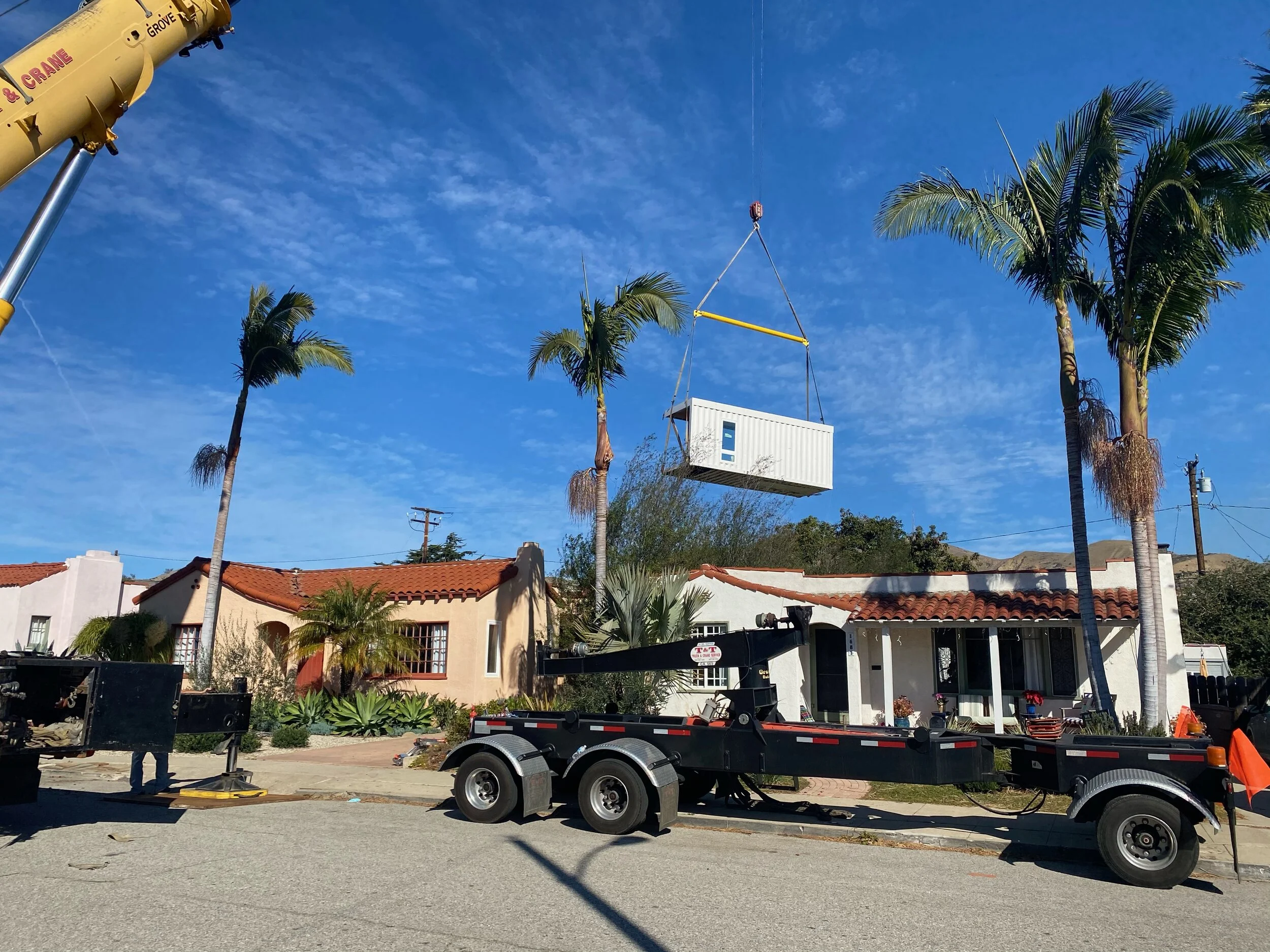On Building the Future
My goal with this newsletter is to learn in public about the ideas, concepts, and companies that give us hope for a future where our built environment makes us healthier, not sicker. I’ll explore the promises of climate impact, the science, how it impacts you, and how you might get involved.
In a World of Climate Solutions, Policy Needs a Boost
Technology is not holding us back. Policy is. From a physical science perspective, despite learning ground truth about the effects of climate extremes on individual regions, the reality is we're not learning new things about climate change. It's an exclusively political problem. The potential mechanisms to solve climate change exist, we just need to put them into place now.
Why I’m Buying Into The Great Teslafication
Because public policy attempts to move our cities forward collectively, it runs into problems with consensus, education, and inclusion. Where the reach of public policy influence ends, private industry takes over, creating commercial solutions that address the collective demands of private citizens through innovation and design. As a result, we’ve slowly added better, cheaper insulation to our homes during renovations, installed more efficient tankless water heaters when our old natural gas tanks fail, and even become fanatics of electric vehicles.
Sometimes, as is the case with consumer brands like Tesla, a fanatical following can push collective demand through vanity, envy, and prestige.
On Overnight Successes and Self Made Entrepreneurs
There is no such thing as an overnight success or a self-made entrepreneur. We all take aid and assistance in every stage and step of our development. It’s important to acknowledge the people that helped us along the way to our successes because people make progress, not the businesses they work for.
From Vision to Strategy: Why IKEA’s Urban Village Project is the Perfect Testbed for Urban Innovation
Earlier this year, I had the fortune of meeting the UVP lead at Space10 over Google Meet. We discussed the status of the project, potential timelines, and shifts in goals, guideposts, and realities. As with most projects in 2020, conceptual or not, the Covid-19 pandemic put a damper on productivity and feasibility, drawing many projects to a halt. Although I cannot speak for the Space10 or EFFEKT regarding the future of the project, it's something I continue to root for to see in our future.
How Six Inches of Concrete Can Mean Life or Death
In 2019, 134 pedestrians were killed by drivers while walking in Los Angeles, a bustling city with a population of just under 4 million. By comparison, the Netherlands reported a total of 49 pedestrian road fatalities in 2019 in a population of more than 17 million. While any number of deaths is too much by any measure of success, it's safe to conclude that the Dutch are doing something far more effective than what's happening in one of the largest cities in the United States.
What Is A Soft City and Why Do We Need Them?
Soft may not be as sexy as Smart, but it emphasizes the small details in a city and its buildings that make our lives easier, more enjoyable, and more efficient by prioritizing the people that live in it.
A Comprehensive Look at the ADU Market and the Elements of Success
Although each side has a different POV on the ADU marketplace, as a housing product, the ADU is a celebrated vehicle for bringing more housing stock to the Bay Area (and beyond). Although non-confirming types of housing can be controversial, ADUs are widely regarded as a boon for homelessness mitigation, improving affordable housing, and improving homeowner equity. At the end of the day, the conversations always come down to price per square foot.
Why Data Alone Won’t Save Cities
I subscribe to the notion that the design of our cities is the driving force behind our choices and behaviors. Although I’m still working on a thesis to summarize my views on cities and climate change, my general hypothesis is this:
If our behaviors control how humanity impacts climate change, then our cities are the first and last battleground for defeating the global climate crisis.
Why New Isn't Always Better for City Redevelopment
Not only did Lacaton & Vassal beautify the building with a shining new glass facade that created more living space for its residents, but the project was less expensive and more environmentally sustainable.
Reframing the scope in the PD phase from rebuilding to remodeling reduced the amount of demolition, new material, and labor effort. With a modular-design, each terrace was was built as a minimalist, portable, and stackable unit, which made cost-effective prefabricated construction a viable option.
How I Reinvented Myself and Started Manufacturing Homes
Reinvention is simply the product of learning and growth. The trickier, less common part of reinvention is applying it not only to our personal lives, but our work
Why Does Housing Density Matter to Climate Change?
In the Bay Area alone, 82% of residential land is allocated to single-family homes, reducing density, limiting housing stock, and driving poorer families out. Without a concerted policy effort to upzone neighborhoods, private developers will follow economic incentives to build new housing developments outside the city center, resulting in increased GHG emissions related to building materials, transportation infrastructure, utility infrastructure, and even agriculture.
How I Started Bay Modular
A good friend of mine recently told me about a saying he’d heard and taken to heart— action creates information. Although Bay Modular may not be in the business of commercial renovation, it was informed by its process.
From Oakland to Ventura, Our First Socal ADU
They say “when the going gets tough, the tough get going,” and I agree, but perseverance is only one element of success.
Work hard, yes, but work smart, best. We should learn to rely on the decisions and systems we’ve made along the way to support us in challenging scenarios. The hard work we’ve done in the past should set us up for success in the future.















